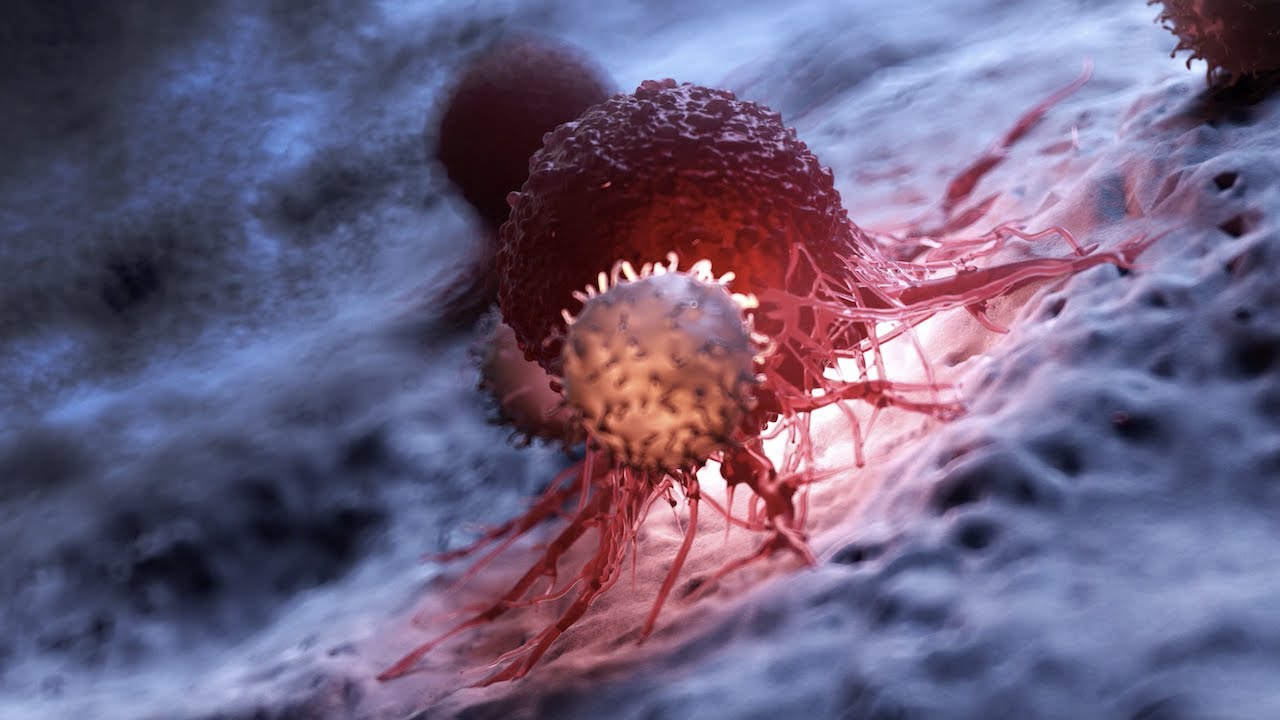General Health Tips & News
Understanding Different Types of Cancer: Lymphoma, Sarcoma, Myeloma, and Adenoma
By A.S. (staff writer) , published on August 24, 2023

Medicine Telehealth Health
Cancer is a complex group of diseases characterized by the uncontrolled and unplanned growth and spread of abnormal cells within the body. There are numerous types of cancer, each originating from different tissues and having distinct characteristics. In this article, we'll delve into four specific types of cancer: lymphoma, sarcoma, myeloma, and adenoma.
1. Lymphoma: Understanding the Disease of the Lymphatic System
Lymphoma is a cancer that originates in the lymphatic system, a crucial part of the immune system that helps fight infections. Lymphoma is divided into two main categories: Hodgkin lymphoma and non-Hodgkin lymphoma. These cancers typically develop in the lymph nodes and can spread to other organs if left untreated. Common symptoms include swollen lymph nodes, fever, weight loss, and fatigue. Early diagnosis and personalized treatment approaches, including chemotherapy, radiation therapy, targeted therapies, and immunotherapy, have significantly improved outcomes for lymphoma patients.
-
Hodgkin Lymphoma (HL):
Hodgkin lymphoma, also known as Hodgkin's disease, is a relatively rare form of lymphoma that primarily affects young adults and individuals in their early adulthood. One of the defining features of Hodgkin lymphoma is the presence of a specific type of abnormal cell called Reed-Sternberg cells. These cells are larger than the normal lymphocytes found in the lymph nodes and are crucial in diagnosing HL.
Characteristics:
-
Presence of Reed-Sternberg cells.
-
Typically begins in a single lymph node or a group of adjacent lymph nodes before spreading to other lymph nodes.
-
Can spread to nearby organs if left untreated.
-
B symptoms, including fever, night sweats, and weight loss, are common.
Non-Hodgkin Lymphoma (NHL):
Non-Hodgkin lymphoma is a more common and diverse group of lymphomas that encompass a wide range of subtypes, each with its own unique characteristics. Unlike HL, NHL does not feature Reed-Sternberg cells and can originate from various types of lymphocytes, including B cells and T cells.
2. Sarcoma: A Deep Dive into Connective Tissues
Sarcoma is a rare type of cancer that originates in the body's connective tissues, including muscles, bones, cartilage, and blood vessels. Because these tissues are spread throughout the body, sarcomas can arise in various locations. Sarcomas are further categorized into soft tissue sarcomas and bone sarcomas. Early detection is challenging due to their location and nonspecific symptoms. Treatment often involves a combination of surgery, chemotherapy, and radiation therapy. Research into targeted therapies is ongoing, aiming to provide more tailored treatment options.
3. Myeloma: Understanding Cancer of the Plasma Cells
Multiple myeloma, simply referred to as myeloma, is a cancer that originates in the plasma cells, a type of white blood cell responsible for producing antibodies. In myeloma, abnormal plasma cells accumulate in the bone marrow and can damage bones. Common symptoms include bone pain, fatigue, and recurrent infections. Treatment may involve chemotherapy, targeted therapy, stem cell transplantation, and in some cases, newer immunotherapies. Recent advancements in understanding the genetic and molecular aspects of myeloma have paved the way for more precise treatment strategies.
4. Adenoma: Exploring Glandular Tissue Abnormalities
Adenomas are tumors that form in glandular tissues, such as those found in the colon, thyroid, pituitary gland, and adrenal glands. These tumors are typically benign, meaning they do not invade nearby tissues or spread to other parts of the body. However, some adenomas can become cancerous over time, particularly if they are not properly monitored or removed. Regular screenings and early removal of adenomas can greatly reduce the risk of developing adenocarcinoma, the cancerous counterpart of adenomas.
Conclusion:
In conclusion, understanding the diverse range of cancer types is crucial for both prevention and treatment. Early detection, proper diagnosis, and tailored treatment plans are essential for improving the outcomes of individuals diagnosed with cancer. Advances in medical research and technology continue to provide hope for better treatments and ultimately a cure for these complex diseases. Regular health check-ups, adopting a healthy lifestyle, and staying informed about cancer risks can contribute to a proactive approach to managing your health.
References
American Society of Clinical Oncology (2021, September). Amyloidosis.
https://www.cancer.net/cancer-types/amyloidosis/introduction
Centers for Disease Control and Prevention (2021, April 1). Myeloma.
https://www.cdc.gov/cancer/myeloma/index.htm
American Cancer Society (2018, May 1). Hodgkin Lymphoma Risk Factors.
https://www.cancer.org/cancer/hodgkin-lymphoma/causes-risks-prevention/risk-factors.html
Find articles related to: Medicine Telehealth Health
More articles about General Health Tips & News
Back to the Health Tips Index




